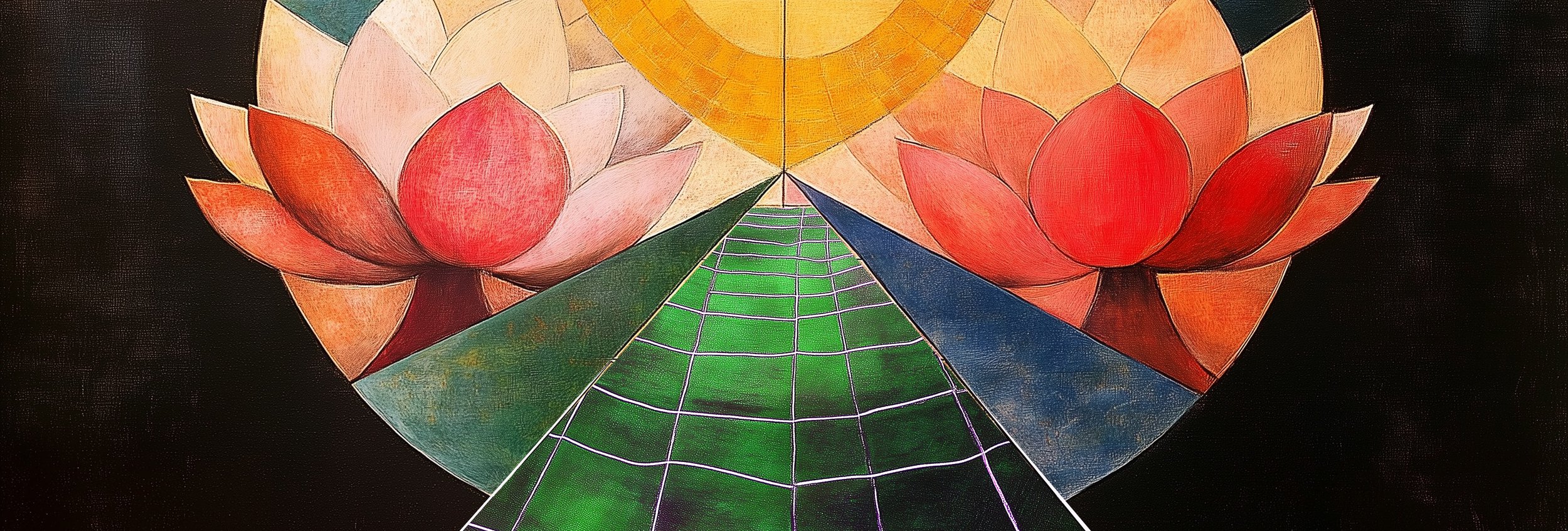
Consciousness Exploration
Meditative Arts, Stress Reduction, Contemplative Life, Relationship Tending
Methods
-
Somatic Experiencing (SE) is a body-centered approach to healing trauma. Unlike traditional talk therapies that primarily focus on thoughts and emotions, SE emphasizes the body as the primary source of information.
-
SourcePoint is a non-invasive energy modality that focuses on the inherent health within each individual. By working with specific points and patterns in the energy field, it aims to release blockages and reconnect the body to its "Blueprint of Health," a fundamental order and flow present in the universal energy field. This approach utilizes gentle techniques to awaken the body's innate ability to heal and restore balance, promoting relaxation, stress reduction, and support for overall well-being.
-
This approach to relationship coaching integrates body-centered practices with an understanding of how early childhood experiences shape attachment styles and impact current relationships. By exploring how physical sensations, movement patterns, and bodily responses connect to emotional states and relationship dynamics, clients can gain deeper insights into their attachment patterns and develop healthier relational habits. This approach may involve techniques like mindful movement, breathwork, and body-based awareness exercises to help clients release physical and emotional tension, improve emotional regulation, and cultivate more secure and fulfilling connections.
-
Through engaging in creative processes like painting, writing, music, and movement, individuals can access and express aspects of themselves that may be difficult to articulate through language alone. Through this process of creative expression, individuals can explore their emotions, identify underlying beliefs and patterns, and gain insights into their deepest desires and aspirations. This form of self-inquiry encourages a holistic approach to understanding the self, integrating both conscious and unconscious aspects of the human experience.
-
Contemplative life coaching integrates mindfulness principles into the coaching process, emphasizing introspection, self-awareness, and inner wisdom. It encourages clients to cultivate presence, listen deeply to their inner voice, and find meaning and purpose beyond external achievements. Unlike traditional coaching that often focuses on goal setting and problem-solving, contemplative coaching creates space for reflection, allowing clients to explore their values, identify limiting beliefs, and connect with their deeper aspirations. This approach fosters a more holistic and sustainable approach to personal and professional growth.
-
Meditative writing is a practice that combines the disciplines of writing and meditation. It involves writing with a focus on the present moment, allowing thoughts and feelings to flow freely onto the page without judgment or editing. This approach encourages a deeper connection with inner experiences, fostering self-awareness and emotional clarity. Meditative writing can take various forms, such as freewriting, journaling, and poetic expression. By quieting the inner critic and embracing the flow of consciousness, writers can access deeper layers of their subconscious and uncover insights that may not be readily apparent through conventional writing methods.
-
Nonviolent Communication (NVC) is a communication model that emphasizes empathy and understanding. Developed by psychologist Marshall Rosenberg, NVC focuses on expressing needs honestly and directly while acknowledging the needs of others. It encourages individuals to observe objectively, identify and express their feelings, clarify their needs, and make concrete requests. By shifting the focus from blame and judgment to understanding and connection, NVC aims to foster more compassionate and effective communication in personal and interpersonal relationships.
Sessions are available for individuals, couples, and groups virtually via Zoom, as well as in person in Arizona.
Approach
Inspired by the philosophy of SourcePoint, this branch of Tapestry is devoted to exploring the capacity for shifting consciousness and accessing expanded states of awareness. Without bypassing the reality of suffering, emphasis is placed on innate health, inner resources, and restorative practices. Here you’ll find support for learning how to “change the channel,” how to move out of cycles of tension and fear to experience a greater sense of equilibrium and flow within the self and the larger web of existence.
Kristin’s background as a somatic trauma therapist informs her understanding that what feels expansive or blissful to one nervous system may feel constrictive and distressing to another. There’s no “one-size-fits-all” protocol. We’ll explore diverse practices including guided meditation, movement, music, art, somatics, connecting with the natural world, or simply becoming curious about what's happening right now.
Whether you’re reaching out for support individually, as a couple, or as a group, we’ll hone in on methods that resonate for you. When the nervous system is no longer operating in the mode of fight or flight, it becomes possible to journey deeper and experience sanctuary within.
Note: Consciousness practices are NOT psychotherapy. In the presence of mental or emotional disorders, working toward stabilization with a licensed mental health professional will be a prerequisite for this work.
Areas of Focus
health and well-being
intimacy with self and others
body-mind connection
creativity
existential inquiry
expanded states of awareness
compassion
relaxation
flow states
The Benefits
Research shows that meditation practices lower cortisol levels and improve attention and emotional processing. And creative practices have been shown to reduce stress and anxiety, improve mood, enhance cognitive function, boost self-esteem, promote emotional regulation, and even potentially delay cognitive decline in older adults.
States of flow, connection, bliss, or a sense of “at-oneness” emerge through creative and consciousness practices. These experiences can coexist with the truth of suffering, allowing for an increased sense of vitality and aliveness despite uncertainty or turmoil in external circumstances.
This is not just a concept, occurring in the abstract, but rather embodied as a felt sense. When rooted in awareness practices and immersed in creative expression, it’s no longer just a pretty metaphor, for example, that peace arises in the midst of suffering, as the lotus emerges in the swamp. We experience this in the body, in our own flesh and bones.


